While most people don’t need to think about wearing body armor, for the select few facing combat, body armor is a serious business. Right protection can be the difference between safety, grave danger, or even death. One of the most widely hyped armor in history has been Dragon Skin body armor.
Dragon Skin Armor from Pinnacle Armor is officially known as Pinnacle Armor SOV 3000. It consists of 2″ overlapping discs of silicon carbide ceramic matrices and laminates similar to other ballistic plates. It failed Army testing in 2006 and is considered Level III body armor by NIJ standards.
It promised to stop multiple rounds, be flexible, and provide protection that hadn’t been seen up to that time, but just how safe was it?
What Dragon Skin Body Armor Promised
Dragon Skin Armor was supposed to be the holy grail of modern body armor. It provided more flexibility than standard hard armor plates and initially showed that it could stand up to many more hits from rifle rounds than a normal ceramic plate.
AR 500 Armor and Spartan Armor Systems both sell high-quality body armor of all types.
On its face, it seemed like a win-win, and I even remember my unit making the argument for buying it for all of us since we were doing six months on and six months off in Iraq at the time. We were always looking for better armor that could take more of a beating and provide more protection.
Testing the Limits of Dragon Skin Body Armor
The United States Army tested out Dragon Skin armor only to find that it failed miserably. In a test round of 48 shots, 13 fully penetrated the armor.
These are x-rays of the Dragon Skin Body Armor panels after each test done by the Army:
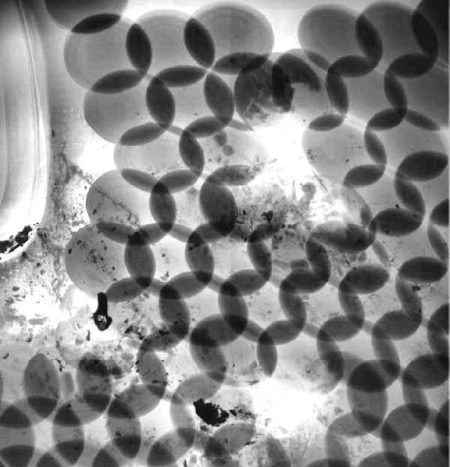
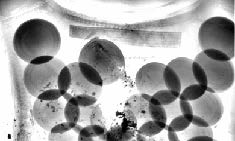
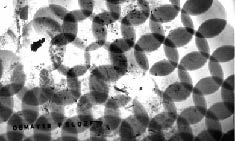
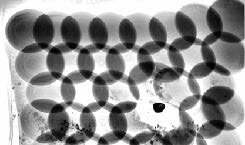
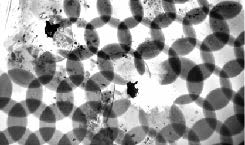

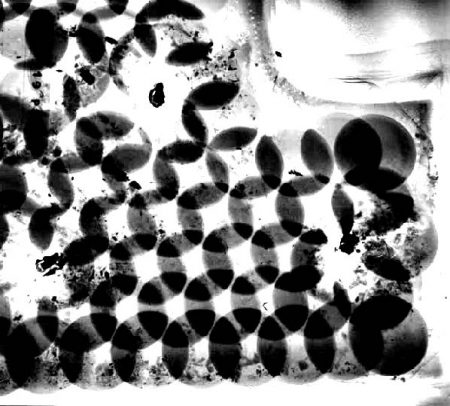
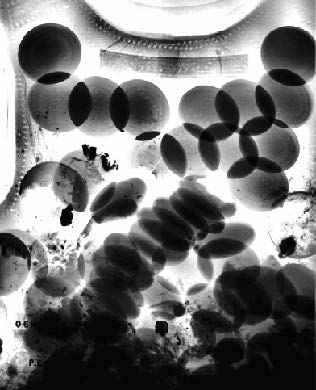
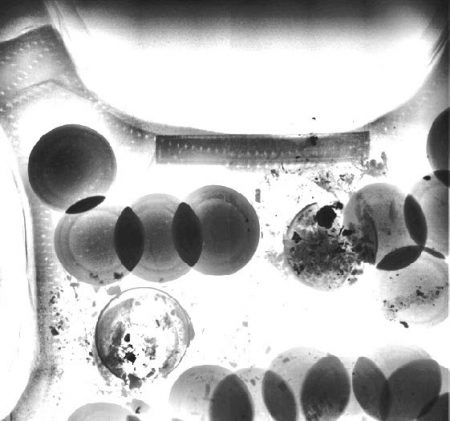
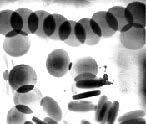
In these x-rays, you can see how the scales fell to the bottom of the vest after exposure to extreme temperatures and them being shot. You can read the Army’s complete test results here.
The Army had already issued a safety warning to soldiers wearing Dragon Skin armor, but this test further proved that the body armor couldn’t stand up to real combat. Furthermore, any body armor that soldiers will wear out on the field must be tested under extreme conditions.
After all, these individuals will be exposed to all kinds of weather and dangers and threats to their extremities, head, and face. Proper coverage is about protecting these areas as well as the vital organs.
How Much Does Dragon Skin Body Armor Weigh?
Not only was Dragon Skin Body Armor a disappointment in Army rigor tests, but it is a heavy piece of body armor that would seriously weigh down a soldier in combat. The vest weighs in at 47.5 pounds; add to that any additional armor, tools, and weapons, and soldiers are looking for a heavy load to bear.
Dimensions Compared to Standard Armor
Dragon Skin Body Armor was much bulkier than the Interceptor armor normally worn in 2006. The Interceptor was 1.3 inches thick, while Dragon Skin Armor was 1.7 to 1.9 inches thick.
This may not seem like a lot, but even adding that much thickness drastically decreases the mobility of your arms, how you can shoulder your rifle, and how low you can get to the ground when you’re prone. These are all important in combat and can’t be overlooked.
Today, soldiers are looking for thinner armor that doesn’t hinder movement. Some are even going for smaller and smaller plates and almost no soft armor to gain that mobility back. Dragon Skin was going in the opposite direction.
Actual Coverage Area of Dragon Skin Body Armor
The panels of Dragon Skin are 11.5″ x 13.5″ but only protect a 10″ x 12″ area in the middle of the panel. This isn’t horrible by itself, but it does mean that you’re carrying extra weight that isn’t protecting you.
A Faulty Design
While Dragon Skin seems to be a heavy-duty body armor at first glance, heavy testing reveals that its linked overlapping plate design can’t stand up to intense conditions such as saltwater immersion and exposure to oil. The reason for this lies in the adhesive that keeps the ceramic plates in place.
Under extreme temperatures and weather conditions, the adhesive breaks down, causing serious impairments in the body armor. It’s not just warm temperatures that compromise the suit’s integrity; colder climates can also destroy it.
Tests showed that the lower ceramic plates began to fall away from the armor when exposed to these temperatures. That means vital organs in full exposure to weapons and enemy forces.
Some people may be confused by the downfall of Dragon Skin Armor, considering that it was being lauded heavily by the military before being dropped. The hype was due to marketing campaigns that exaggerated the strength and durability of the body armor. The popularity of Dragon Skin Body Armor had more to do with hype than any valid evidence that it could withstand military-grade conditions.
The primary concern for Dragon Skin body armor is that its second-shot performance didn’t comply with the National Institute of Justice (NIJ) regulations.
Alternatives to Dragon Skin Armor
ESAPI (Enhanced Small Arms Protective Insert) plates are the industry standard, meeting NIJ requirements. They’re issued as level IV armor and serve as the federal government standard. For reference, level IV body armor protects against armor-piercing .30 bullets and provides at least single-hit protection against dangers in level II and III categories.
One alternative to Dragon Skin was the Trojan Ballistics Suit of Armor, developed by inventor Troy James Hurtubise. It was built for soldiers serving in Iraq and Afghanistan and was lauded as the first ballistics exoskeleton body suit of armor. Unfortunately, Hurtubise died in an accident, so his body armor suit never reached full fruition.
Most soldiers wear a combination of an advanced combat helmet and some vest composed of soft armor with level IV plates that cover vital areas. Many individuals use a variation of the popular Interceptor body armor used in the late 1990s and early 2000s. The variant can be paired with ESAPIs and deltoid and axillary protector systems (DAPS).
Were Other Body Armors Using Overlapping Discs Ever Made?
A couple of other companies tried out similar armor, but they never made much headway due to the failure of Dragon Skin. There probably is something worth looking into with scale-style armor, but I’m not sure we’re quite there yet.
Conclusion
Dragon Skin body armor may seem like a strange topic, but it’s a question we still sometimes get, so I felt it was worth addressing.
Modern body armor fielded today weighs around 30 – 35 lbs with plates. With a weapon and ammo, soldiers carry around 40 – 45 lbs. Still, this is better than the 47.5 pounds of the Dragon Skin alone.
Dragon Skin body armor was an interesting concept when it was first revealed. Unfortunately, it fell short in testing, and any armor you may find for sale today would not only underperform but also be very old.

